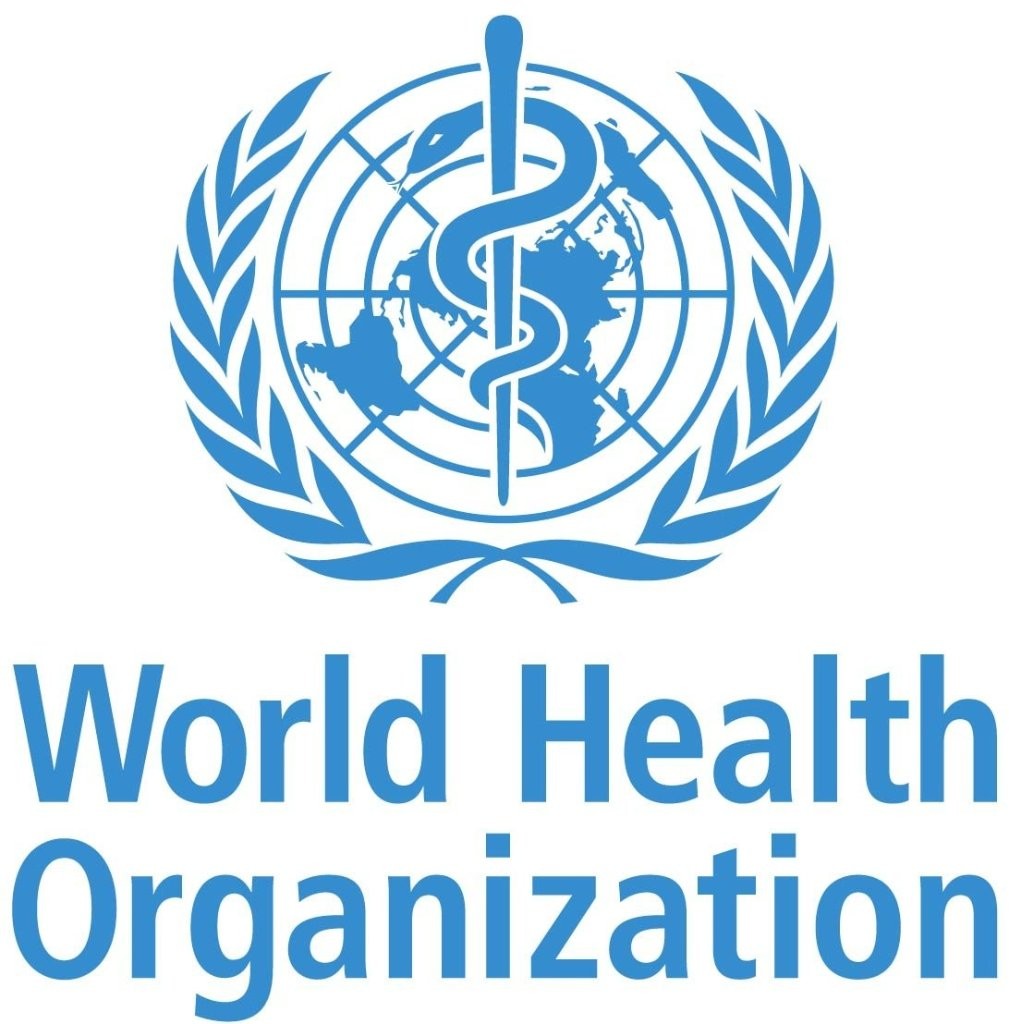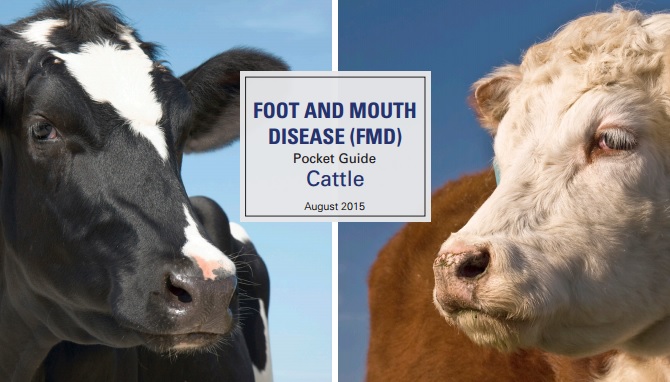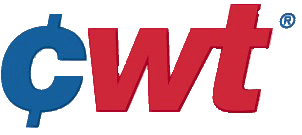 WASHINGTON, D.C. – Key members of the U.S. House of Representatives issued a strong statement today affirming the need for the Obama Administration to take concrete steps to address implementation and enforcement issues related to dairy provisions of the Trans-Pacific Partnership (TPP) trade agreement.
WASHINGTON, D.C. – Key members of the U.S. House of Representatives issued a strong statement today affirming the need for the Obama Administration to take concrete steps to address implementation and enforcement issues related to dairy provisions of the Trans-Pacific Partnership (TPP) trade agreement.
Led by Reps. Suzan DelBene, Reid Ribble, Ron Kind and David Valadao, 47 House members (including leaders of the House Ways & Means Trade Subcommittee and the ranking member of the House Agriculture Committee) signed a letter to U.S. Trade Representative Michael Froman and Agriculture Secretary Tom Vilsack underscoring “critical implementation components related to dairy trade.”
The U.S. Dairy Export Council, National Milk Producers Federation and the International Dairy Foods Association commend the action, which called on Ambassador Froman and Secretary Vilsack to address three dairy “priority areas” in TPP as Congress prepares to consider the agreement:
- Ensuring Canada faithfully implements its TPP commitments and also does not alter existing avenues for U.S. market access.
- Ensuring U.S. trading partners, particularly major markets such as Japan, adhere to the intent of the TPP agreement’s geographical indication (GI) commitments.
- Establishing U.S. procedures to actively ensure compliance with the terms of the market access that the U.S. will provide to TPP trading partners.
“Each of these considerations will be an important factor in how we view the overall agreement,” the letter concludes.
The House message echoes a joint letter USDEC, NMPF and IDFA sent to Ambassador Froman and Secretary Vilsack on April 19. This industry message also urged action by the Administration to address critical TPP implementation and enforcement issues.
“As the Representatives noted in their letter, U.S. dairy exports have borne the brunt of regulatory actions specifically created to limit U.S. access to the Canadian dairy market,” said Tom Suber, president of USDEC. “It is critical that USTR ensure that Canada doesn’t take away what little access they gave the United States under TPP. We must ensure that this pattern does not continue, and make sure that Canada neither undermines existing access nor its new access commitments under TPP.”
“The fine print in implementing TPP really matters,” said Jim Mulhern, president and CEO of NMPF. “We have endorsed the outlines of the agreement, but must insist that the terms agreed to need to be followed by the other countries in this agreement. The U.S. needs to remain vigilant with the TPP signatories and really hold their feet to the fire both now and down the road.”
“Making sure our trade partners adhere to their current and negotiated commitments is essential to the U.S. dairy industry, especially since we received limited market access gains in Canada and Japan in the final TPP negotiations,” said Connie Tipton, president and CEO of IDFA. “We certainly appreciate congressional efforts to address dairy’s concerns and to recommend activities that will ensure compliance.”
“The TPP agreement has the potential to help create international trade opportunities and support robust growth for the U.S. dairy industry, but only if it is fully implemented and enforced,” said Mulhern. “Addressing the priority areas outlined in the House letter will go a long way toward helping the industry capture TPP’s potential.”
# # #
About IDFA
The International Dairy Foods Association (IDFA), Washington, D.C., represents the nation’s dairy manufacturing and marketing industries and their suppliers, with a membership of 550 companies within a $125-billion a year industry. IDFA is composed of three constituent organizations: the Milk Industry Foundation (MIF), the National Cheese Institute (NCI) and the International Ice Cream Association (IICA). IDFA’s nearly 200 dairy processing members run nearly 600 plant operations, and range from large multi-national organizations to single-plant companies. Together they represent more than 85 percent of the milk, cultured products, cheese, ice cream and frozen desserts produced and marketed in the United States. IDFA can be found online at www.idfa.org.
About USDEC
The U.S. Dairy Export Council (USDEC) is a non-profit, independent membership organization that represents the global trade interests of U.S. dairy producers, proprietary processors and cooperatives, ingredient suppliers and export traders. Its mission is to enhance U.S. global competitiveness and assist the U.S. industry to increase its global dairy ingredient sales and exports of U.S. dairy products. USDEC accomplishes this through programs in market development that build global demand for U.S. dairy products, resolve market access barriers and advance industry trade policy goals. USDEC is supported by staff across the United States and overseas in Mexico, South America, Asia, Middle East and Europe.
About NMPF
The National Milk Producers Federation, based in Arlington, VA, develops and carries out policies that advance the wellbeing of dairy producers and the cooperatives they own. The members of NMPF’s cooperatives produce the majority of the U.S. milk supply, making NMPF the voice of dairy producers on Capitol Hill and with government agencies. Visit www.nmpf.org for more information.

 WASHINGTON, D.C. – The National Milk Producers Federation and the International Dairy Foods Association urged members of Congress this week to insist that the United States request a more thorough analysis of a World Health Organization (WHO) proposal seeking to discourage parents from feeding toddlers milk and certain dairy products.
WASHINGTON, D.C. – The National Milk Producers Federation and the International Dairy Foods Association urged members of Congress this week to insist that the United States request a more thorough analysis of a World Health Organization (WHO) proposal seeking to discourage parents from feeding toddlers milk and certain dairy products. ARLINGTON, VA – Several important improvements in the new safety net program for dairy farmers
ARLINGTON, VA – Several important improvements in the new safety net program for dairy farmers  WASHINGTON, D.C. – The National Milk Producers Federation, U.S. Dairy Export Council and the International Dairy Foods Association asked members of Congress in a letter today to support the Trans-Pacific Partnership (TPP) agreement while also addressing a number of critical implementation and enforcement issues that are key determinants in how the agreement is likely to work in practice. As part of this, the dairy associations urged the federal government to ensure that the other participating countries adhere to their respective commitments within the pact.
WASHINGTON, D.C. – The National Milk Producers Federation, U.S. Dairy Export Council and the International Dairy Foods Association asked members of Congress in a letter today to support the Trans-Pacific Partnership (TPP) agreement while also addressing a number of critical implementation and enforcement issues that are key determinants in how the agreement is likely to work in practice. As part of this, the dairy associations urged the federal government to ensure that the other participating countries adhere to their respective commitments within the pact. At the beginning of the year, the World Health Organization (WHO) issued a draft guidance document urging the prohibition of the promotion and marketing of milk products to children up to age 3. NMPF has engaged in extensive efforts to counter the premise of the document, which runs contrary to ample scientific evidence of the benefits of dairy foods in young children’s diets. The proposal was modified in late March, in some areas addressing points NMPF had sought changes to, but the revisions are not enough to address NMPF’s concerns with this proposal.
At the beginning of the year, the World Health Organization (WHO) issued a draft guidance document urging the prohibition of the promotion and marketing of milk products to children up to age 3. NMPF has engaged in extensive efforts to counter the premise of the document, which runs contrary to ample scientific evidence of the benefits of dairy foods in young children’s diets. The proposal was modified in late March, in some areas addressing points NMPF had sought changes to, but the revisions are not enough to address NMPF’s concerns with this proposal. New biosecurity resources to help farmers prevent the spread of animal diseases are now available, thanks to ongoing efforts by NMPF to marshal additional tools for farmers.
New biosecurity resources to help farmers prevent the spread of animal diseases are now available, thanks to ongoing efforts by NMPF to marshal additional tools for farmers. The deadline to apply to the NMPF National Dairy Leadership Scholarship Program for academic year 2016-2017 is this Friday, April 8.
The deadline to apply to the NMPF National Dairy Leadership Scholarship Program for academic year 2016-2017 is this Friday, April 8. Cooperatives Working Together member cooperatives last month received 31 contracts to sell 3.946 million pounds of cheese, 2.535 million pounds of butter and 5.589 million pounds of whole milk powder. The products will go to customers in Asia, Central America, the Middle East, North Africa, Oceania and South America. The product will be shipped from March through September 2016.
Cooperatives Working Together member cooperatives last month received 31 contracts to sell 3.946 million pounds of cheese, 2.535 million pounds of butter and 5.589 million pounds of whole milk powder. The products will go to customers in Asia, Central America, the Middle East, North Africa, Oceania and South America. The product will be shipped from March through September 2016. In reaction to public health concerns about the effectiveness of antibiotics, the Obama Administration
In reaction to public health concerns about the effectiveness of antibiotics, the Obama Administration  Dairy farmers continued in 2015 to improve their already stellar track record of keeping antibiotic residues out of the milk supply, with the
Dairy farmers continued in 2015 to improve their already stellar track record of keeping antibiotic residues out of the milk supply, with the 



